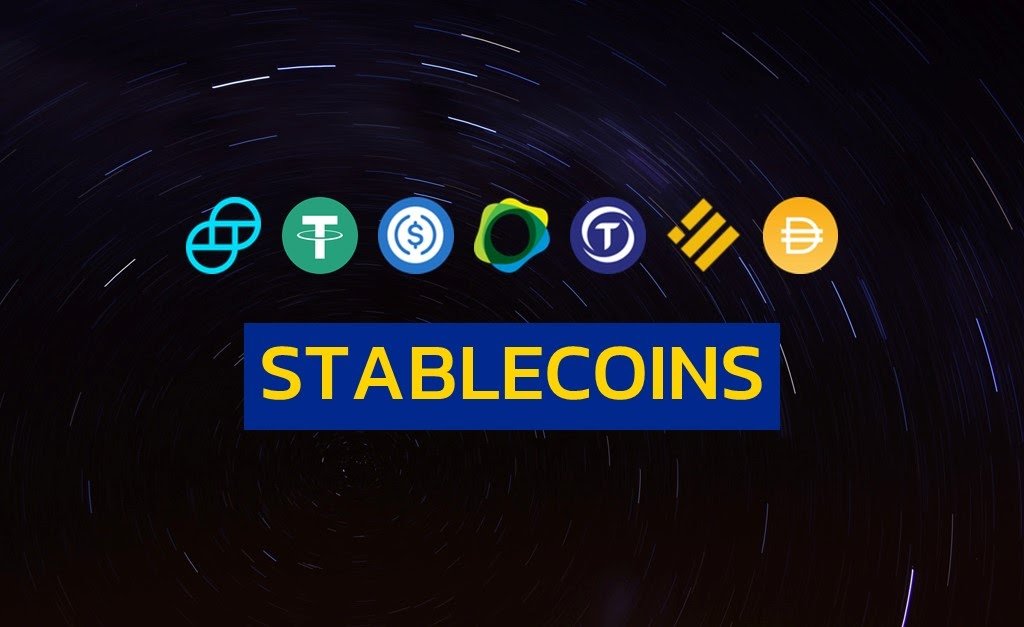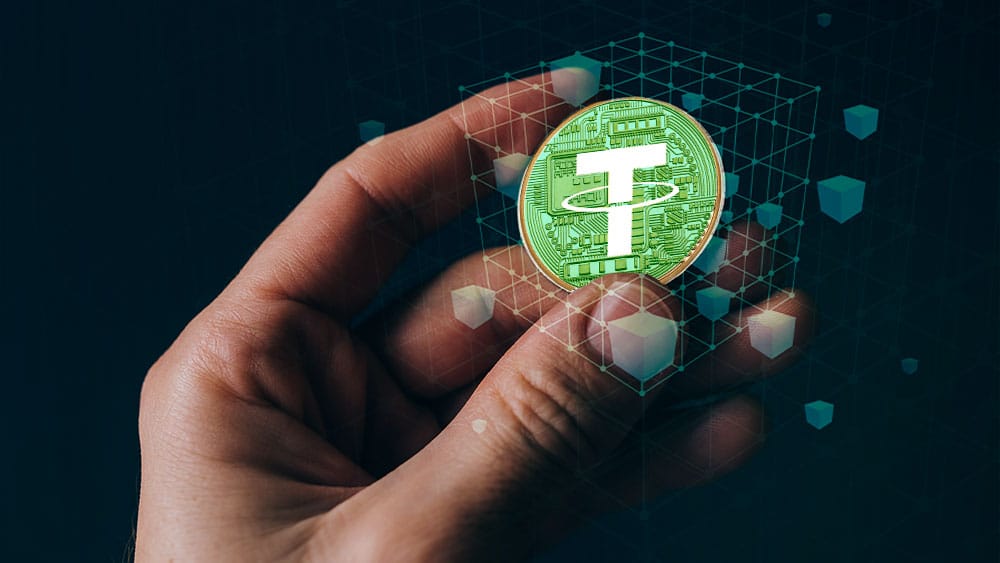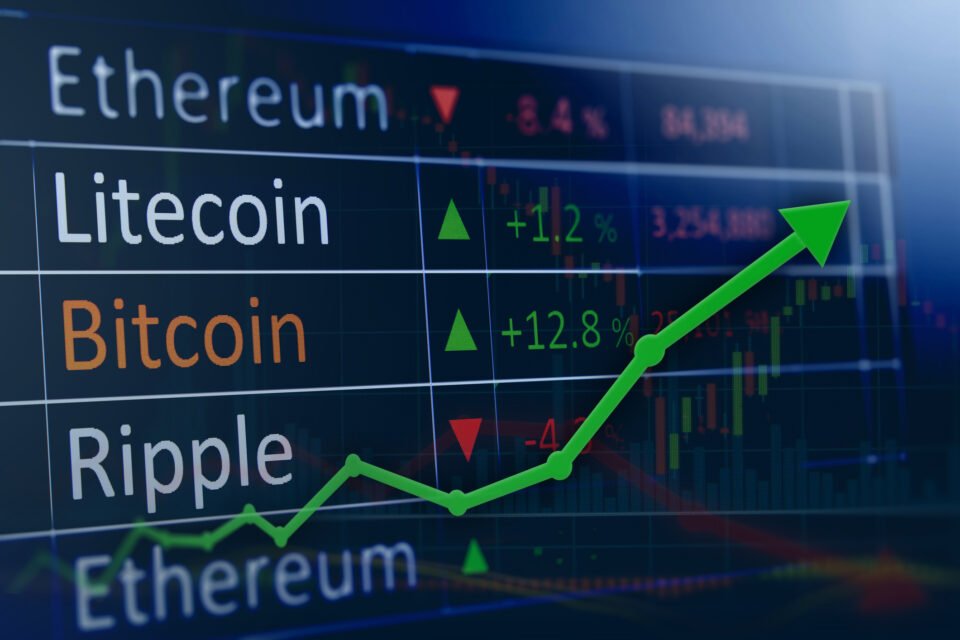When issuer Circle Internet Finance Ltd. promised to make up any shortfall in the $3.3 billion of reverses held at defunct Silicon Valley Bank, the second-largest stablecoin in cryptocurrency recovered toward its planned $1 dollar peg.
A crucial component of the cryptocurrency market, USD Coin, increased to a high of $1 and was trading at 98.2 cents as of 10:50 a.m. on Sunday in Tokyo. The coin had previously sold for less than 85 cents in a depeg that caused digital assets to tremble.

What is a pegged cryptocurrency?
A pegged cryptocurrency is a cryptocurrency whose value is linked to a specific bank-issued currency, financial instrument or tradable commodity. Since the bank-issued currency — U.S. dollar (USD), British pound (GBP), euro (EUR), etc. — is fiat currency, a pegged cryptocurrency is also known as a fiat-pegged cryptocurrency.
Regardless of which fiat currency or commodity it is linked to, the pegged cryptocurrency is an encryption-secured digital medium of exchange. The link or peg is determined by the exchange rate between the two currencies. Once this exchange rate is established — usually, one to one — the value of the cryptocurrency fluctuates in the same direction and to the same degree as the fiat currency to which it is pegged.
Circle reaffirmed that its stablecoin, also known as USDC, is completely backed by $42.1 billion in US Treasury bonds and cash. The company acknowledged that the $3.3 billion in outgoing transactions that Silicon Valley Bank had started on as of Thursday had not yet been settled, but it expressed confidence in US regulatory measures to control the entire issue.
In the event that “SVB may not return 100% and that any return may take some time,” according to Circle, the company “will stand behind USDC and fill any deficit using corporate resources, engaging external capital if necessary.”
Read about the Silicon Valley Crash here
The USDC volatility had spread to other stablecoins like Dai and Pax Dollar, but they were also driven closer to their pegs despite being one of the safest assets in crypto with a continuous $1 value. The most popular stablecoin, Tether or USDT, which has in the past been under fire for its reserves, claimed on Friday that it is not exposed to Silicon Valley Bank and has maintained a price of $1 or above.

Spencer Hallarn, a futures trader at investment firm GSR, stated that there has been a two-sided flow, with some people simply freaking out and wanting to leave USDC. As traders are “doing the math regarding likely impairment and value buying” USDC on the other side, some investors have migrated to Tether “as a temporary hiding spot,” he said.
Competing Deposits
The largest American institution to fail in more than a decade was Silicon Valley Bank, which happened on Friday. On Monday, deposits up to the $250,000 protected limit set by the Federal Deposit Insurance Corp. should be accessible.
Authorities are rushing to liquidate assets and release a portion of uninsured deposits from clients as soon as feasible; the initial payment amounts being floated range from 30% to 50% or more..
In earlier tweets, Circle’s Chief Strategy Officer Dante Disparte called Silicon Valley Bank’s loss a “black swan disaster” in the US financial system and warned that there would be “broader repercussions for business, banking, and entrepreneurs” in the absence of a federal rescue plan.

Stablecoins are designed to maintain a predetermined value in relation to another highly liquid asset, such as the US dollar. Some are supported by cash and bond reserves, like Circle’s. As they transition between cryptocurrency exchanges or use blockchain-based financial services, investors frequently park money in stablecoins.
The situation will improve.
According to Coin Gecko data, there are over 41 billion USDC tokens in circulation with a market cap of about $40 billion. Since Friday, traders have sold the token for billions of dollars.
The USDC to USD conversion will be “temporarily suspending” over the weekend, according to US-based cryptocurrency exchange Coinbase Global Inc., and will restart on Monday when banks reopen.
The “Crypto Is Macro Today” newsletter’s author, Noelle Acheson, predicted that the USDC situation will improve. “News regarding a solution for SVB depositors should be announced on Monday, and Circle will be able to recover at least some funds in the near future while getting notes exchangeable for the remaining amounts.”
Decentralized finance, or DeFi, applications that let users trade, borrow, and lend currencies and frequently rely on trading pairs involving the stablecoin were impacted by the fluctuations in USDC. To lessen exposure to USDC, members of the DeFi community that controls DAI recommended alterations to the system that keeps its stablecoin fixed to $1 on Saturday.
Difficulties of Crypto
The digital asset market has lost $2 trillion since November 2021, sending the cryptocurrency industry into a tailspin and causing a number of collapses, including those of the algorithmic TerraUSD stablecoin, the Three Arrows Capital hedge fund, and the FTX exchange.
The Terra USD token, also known as UST, attempted to maintain its value by combining algorithms and trader incentives with a sister coin, Luna. The $60 billion system failure increased regulatory vigilance toward stablecoins.
According to Haohan Xu, CEO of institutional trading platform Apifiny, “the market ‘panic priced’ USDC like it priced USDT around the Luna collapse.
A week of losses on larger digital asset exchanges is coming to an end. The 9% decline in bitcoin over the period is the biggest since a 23% weekly decline in November in the wake of Sam Bankman-FTX Fried’s platform’s demise.




